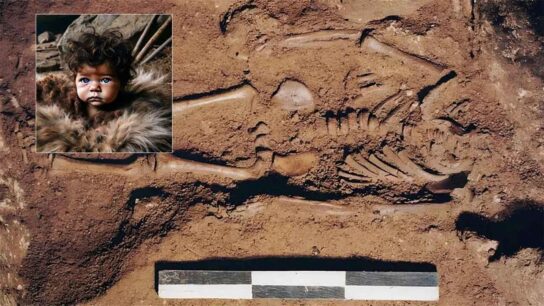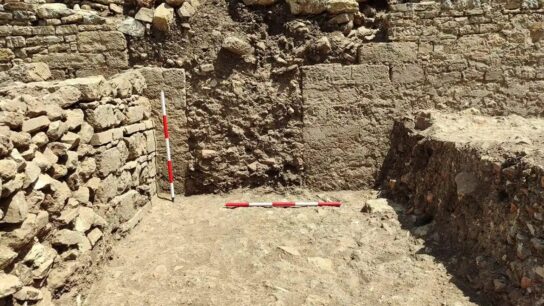Ancient Technology Revealed: Excavation Unveils 2,600-year-old Terracotta Pipeline
In the latest phase of archaeological excavations at Keeladi, an ancient site in Tamil Nadu, India, researchers have uncovered a terracotta pipeline, highlighting the advanced water management practices of a civilization that thrived over 2,600 years ago.
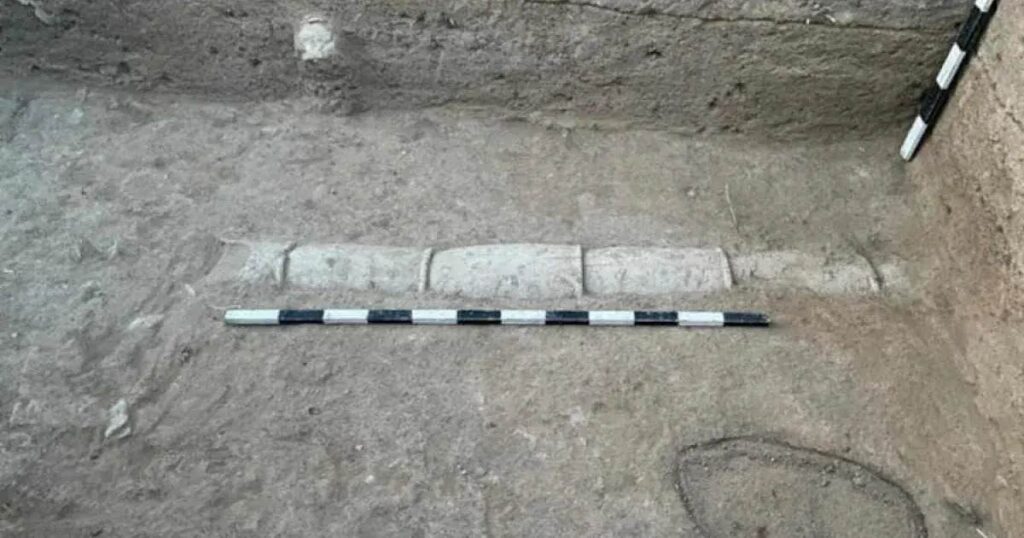
This discovery adds to the growing body of evidence that the people of the Sangam era, who inhabited this region, were not only literate but also highly skilled in urban planning and engineering.
Keeladi, located about 12 kilometers southeast of Madurai, was first discovered in 2014 by K. Amarnath Ramakrishna of the Archaeological Survey of India (ASI).
Since then, it has become a focal point for understanding the Sangam period, an era that spanned from around 300 BCE to 300 CE.
Over the past decade, more than 20,000 artifacts have been unearthed at the site, revealing a sophisticated society that excelled in various aspects of daily life, including brickmaking, beadwork, and terracotta craftsmanship.
The most recent find at Keeladi, a cylindrical terracotta pipeline, is particularly significant. According to an official from the Tamil Nadu State Department of Archaeology (TNSDA), the pipeline comprises six carefully crafted cylindrical casings, each measuring 36 centimeters in length and 18 centimeters in width.
These casings were meticulously aligned and fitted together, forming a continuous pipeline that extends 174 centimeters and penetrates from one trench to another.
The pipeline is believed to have been used for transporting protected water, a testament to the advanced hydraulic engineering skills of the time.
Archaeologists said that this discovery shows that the inhabitants of Keeladi practiced effective water management skills. We will learn more about their practices as we continue to excavate the adjacent trench.
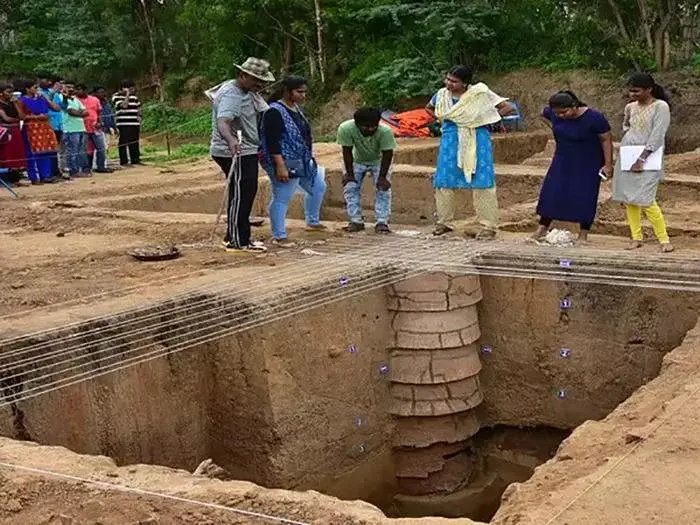
The discovery of the terracotta pipeline underscores the technological ingenuity of the Sangam period civilization, which was known for its rich literary tradition, flourishing trade networks, and impressive urban planning.
The precision with which the pipeline was constructed suggests a high level of knowledge in hydraulic engineering, a skill that would have been crucial for sustaining the large urban populations that inhabited Keeladi.
This find also challenges earlier assumptions that advanced urban planning and water management were primarily features of North Indian civilizations, such as those of the Indus Valley.
The Keeladi discoveries highlight the sophistication of South Indian cultures during the same period, suggesting a more interconnected and technologically advanced ancient India than previously thought.
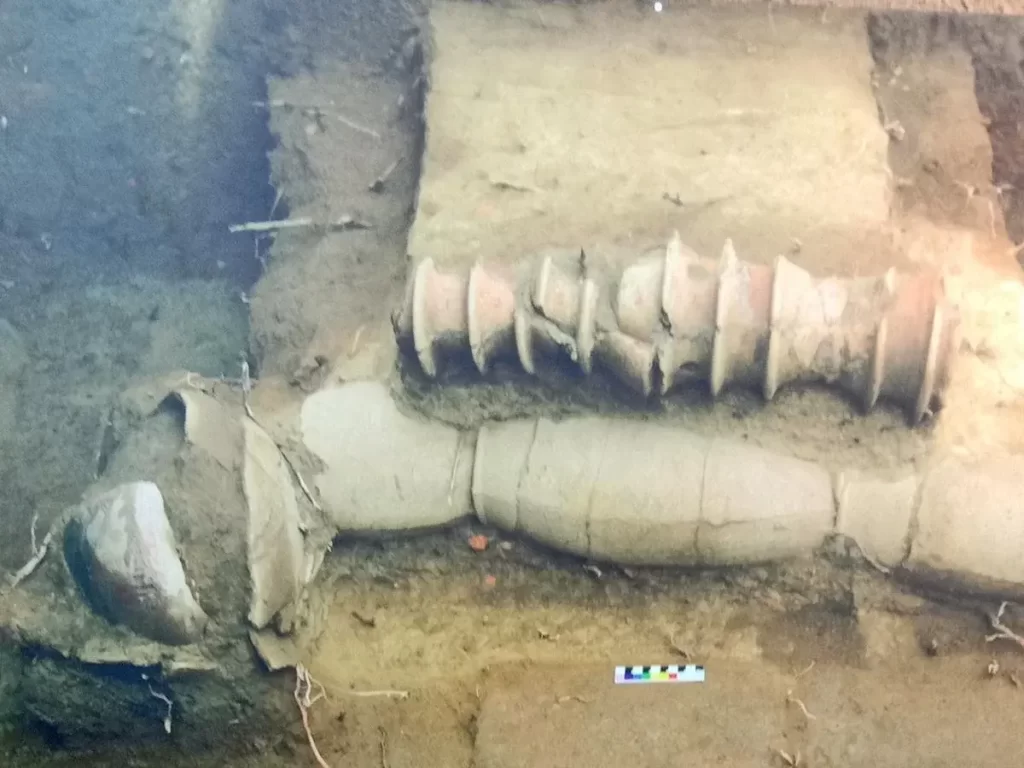
The significance of Keeladi as an archaeological site has only grown since the excavations began. Earlier finds include a potsherd with the Tamil letter ‘Tha’ inscribed on it, broken copper objects, beads, and spindle whorls, all of which point to a literate and industrially active society.
Carbon dating of various artifacts has pushed the timeline of the Sangam era back by 300 years, placing its origins around 600 BCE rather than the previously believed 300 BCE.
Moreover, rice husks found in a burial urn in Sivakalai, another site in Tamil Nadu, were dated to be 3,200 years old.


